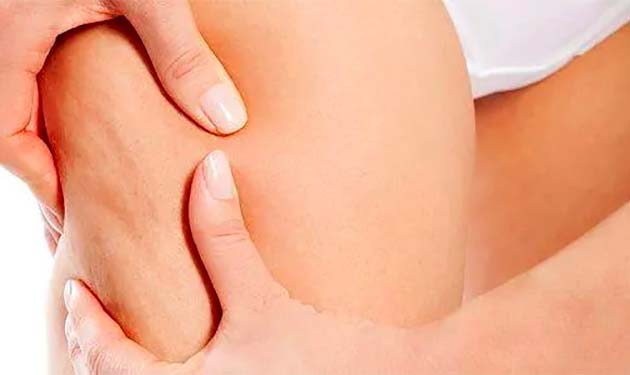Sauna Therapy & Lyme
Brian RichardsLyme disease is a serious infectious bacterial infection transmitted by tick bites. The incidence of Lyme disease has leveled off over the past few years but still affects about 30,000 new people per year. Many people that have Lyme disease are never diagnosed. Reinfection is common. Those with Lyme disease suffer debilitating pain , fatigue and are at risk for serious complications. Many have secondary infections. Treatment has historically involved the long term use of antibiotics which are toxic themselves, often leaving the patient weaker and more toxic. The antibiotics don’t always kill all of the organisms and as the microbes die, for whatever reason, they release a heavy toxin load into the patient.
Sauna therapy is considered a cornerstone in the fight against the bacteria types that cause Lyme. Detoxification is crucial and detoxification through sweating is achieved with sauna use. Far infrared saunas that provide significant infrared light tend to emit toxic high electromagnetic fields (EMF’s) and “low EMF” far infrared emitters are so diffuse they act more like “heat only” saunas. Near infrared light can penetrate deep into the body core, facilitating detoxification via sweat glands in the skin.
Saunas raise body temperature through the application of heat. The deep penetration only occurring in the near infrared sauna combined with body rotation allowing the near infrared lamp source to focus on the exposed skin surface maximizes tissue heating and sweating as well. Studies have shown Lyme disease to be susceptible to increased body heat and that antibiotic therapy is more effective when combined with increased tissue temperature.Recent research involving resorbable implanted wireless activated micro-devices have shown success in treating even Staph infections with local heat therapy. Near infrared lamp saunas can achieve significant tissue heating without an invasive procedure.
Near infrared light has also been shown to reduce cellular inflammation, which is associated with Lyme disease as well as promoting tissue healing and protection.


